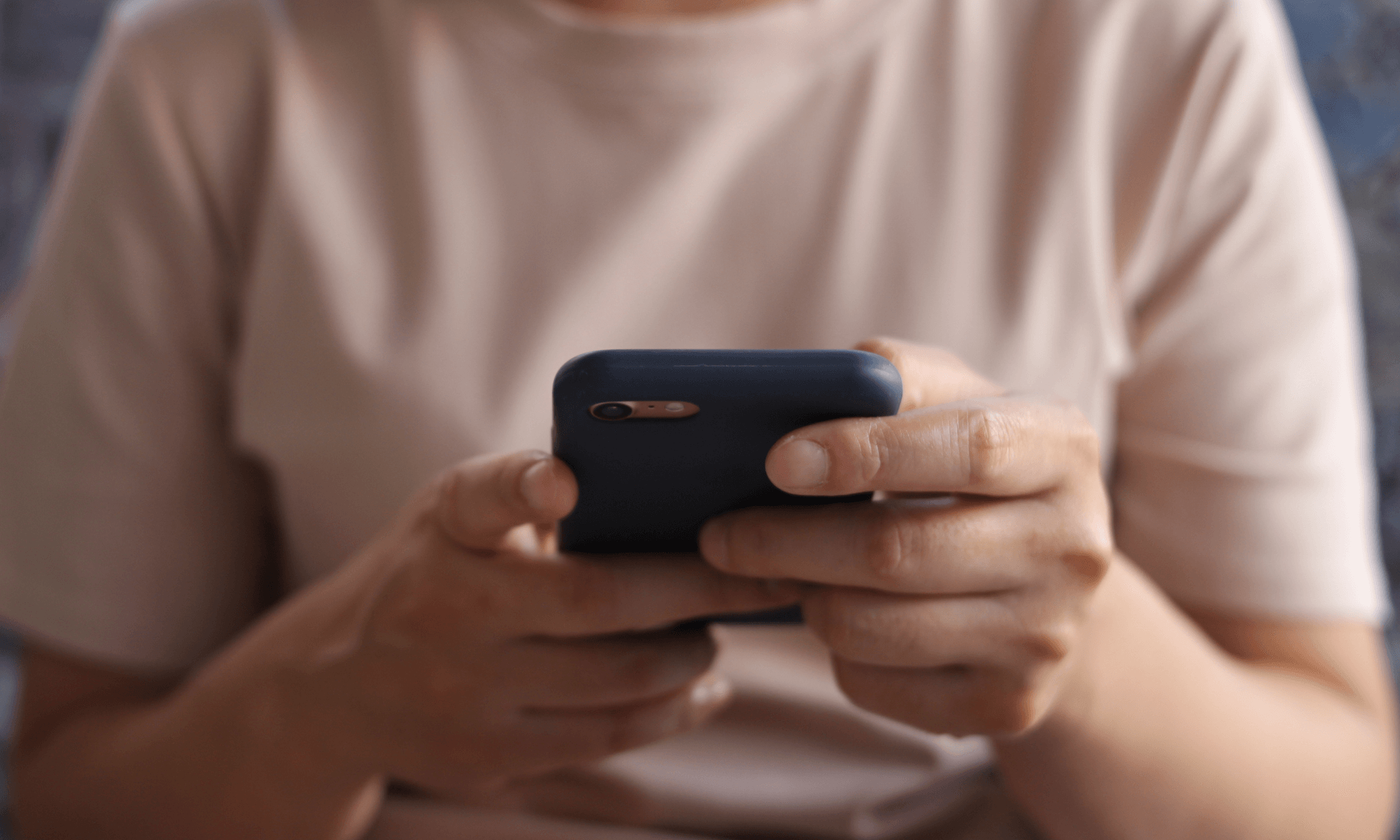In the early days of getting to know your partner, everything can feel exciting, passionate, and, well, kind of perfect.
But after a while, conversation can start to dry up, irritating habits can come to the surface, and the butterflies in your stomach might go MIA.
The honeymoon phase is over.
So, when does the honeymoon phase normally fizzle out? And is it a sign your relationship is doomed?
We look at how long the honeymoon phase normally lasts and how to maintain the magic long-term here.
What is the honeymoon phase?
The honeymoon phase describes the exciting and carefree early months (or years) of a relationship often filled with desire, yearning, and preoccupying thoughts about the other person.
You feel like you’ll never run out of things to talk about, you can’t keep your hands off each other, and you get butterflies when you see their name pop up on your phone.
This period is marked with many more good days than bad. In fact, you may not notice any of their negative traits or any of your incompatibilities. Why would you? They’re (seemingly) perfect!
The honeymoon phase can be tied to happy and lovey-dovey hormones dopamine and oxytocin, which increase during the early ages of attraction.
Feel like you and your partner have nothing to talk about? We offer advice here.
How long does it last?
A 2015 study estimated that the honeymoon phase lasts for approximately 30 months, or about two and a half years.
Every couple is different, and so is the length of their honeymoon phase. It may last a few months for one couple and a few years for another – and both are ‘normal’.
The length of the honeymoon phase can be impacted by factors such as daily responsibilities, stressful events, and mental health conditions.
Couples caring for children, going through a difficult life event, or impacted by mental illness may experience a shorter honeymoon phase than a couple that has less responsibility and more time to have fun together.
What to do when the honeymoon phase ends
Firstly, don’t panic. The honeymoon phase is just that: a phase. Even the happiest relationships eventually move out of the honeymoon phase and into a more comfortable and complacent place.
While the ‘newness’ of your relationship will wear off over time, the good news is you can maintain some of the magic of the honeymoon phase if you’re willing to put in the work to nurture your connection.
You can do this by:
- Doing new things together: Novelty can be a major player in the honeymoon feelings, so keep things interesting by trying something new and fun on your next date night.
- Focus on the good: Fireworks and butterflies aren’t a must-have in a happy relationship. Practise gratitude and remember all the great things you love and appreciate about your partner. Express your fondness and admiration regularly.
- Communicate your feelings: Your partner can’t read your mind. If you’re feeling dissatisfied with the level of passion or excitement in your relationship, raise the topic with your partner. Communicate honestly and respectfully, and work together to find a solution.
If you need someone to talk to, our counsellors offer a safe space to explore your thoughts and feelings and find coping strategies that work for you. We provide counselling for individuals and couples.
You can learn more about our counselling service here, or call 1300 364 277 to make an appointment.
We offer tips to get out of a relationship rut here.



